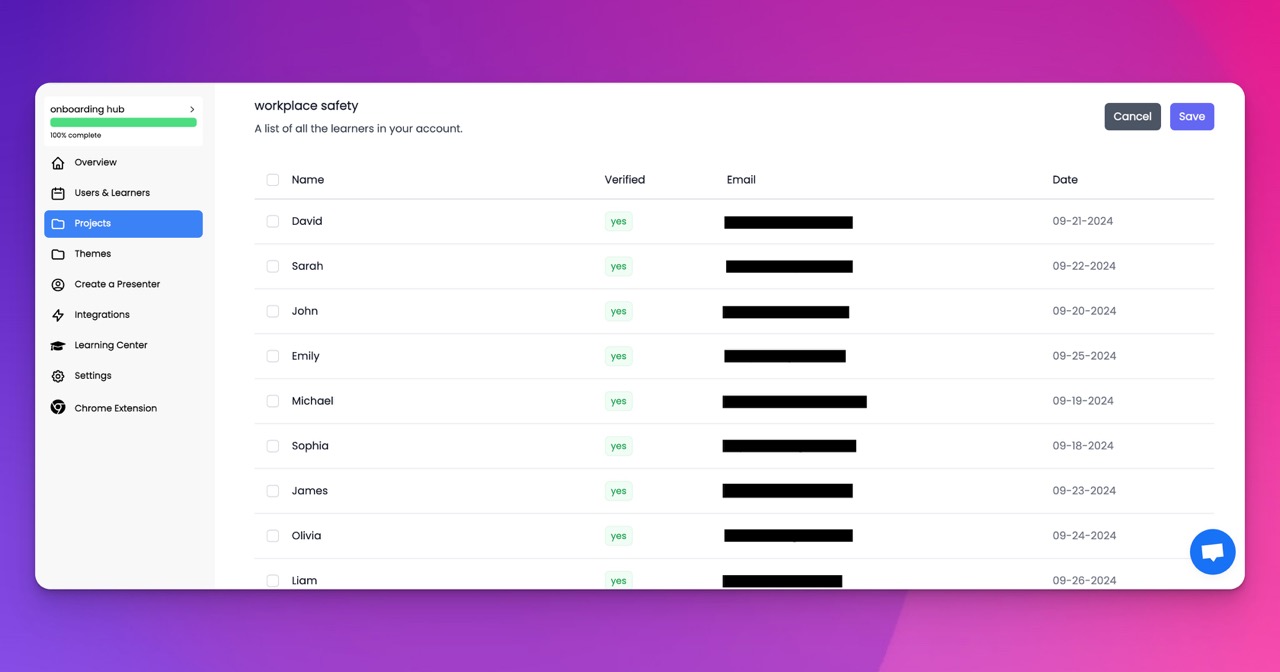🎉 Trainday now integrates with Zendesk and Hubspot 🎉 Trainday now integrates with Zendesk and Hubspot 🎉 Trainday now integrates with Zendesk and Hubspot
🎉 Trainday now integrates with Zendesk and Hubspot
🎉 Trainday now integrates with Zendesk and Hubspot
Contact
Apparel Retailing
The Importance of Job Security for Apparel Retailing Employee Retention
The Importance of Job Security for Apparel Retailing Employee Retention: Leveraging Data and Artificial Intelligence to Develop Effective Training Programs
In the fast-paced world of apparel retailing, employee retention plays a critical role in ensuring business success. High turnover rates not only disrupt the workflow but also lead to increased recruitment and training costs. To tackle this challenge, forward-thinking retailers are turning to data and artificial intelligence (AI) to create training courses that not only address specific skill gaps but also provide employees with a sense of job security. In this blog post, we will explore the importance of job security for employee retention in apparel retailing and how data and AI can help develop relevant and efficient training programs.
1. The Cost of Employee Turnover:
Before delving into the significance of job security, let's understand the impact of employee turnover on apparel retailing businesses. High turnover rates lead to increased recruitment expenses, training costs, and disruptions in workflow. Research suggests that it can cost up to 50% of an employee's annual salary to replace them. Therefore, investing in employee retention strategies becomes crucial to maintain a stable workforce and reduce financial losses.
2. The Link between Job Security and Employee Retention:
Job security acts as a catalyst in fostering employee loyalty and reducing turnover rates. When employees feel secure in their positions, they are more likely to invest in their roles, exhibit higher job satisfaction, and contribute to the growth of the organization. By providing a sense of stability, companies can cultivate a positive work environment that fosters long-term commitment from their employees.
3. Utilizing Data for Training Needs Analysis:
To create relevant and effective training programs, retailers need to identify the specific skill gaps within their workforce. Data analytics can play a significant role in determining the areas where employees require additional training. By analyzing sales data, customer feedback, and employee performance metrics, retailers can pinpoint the exact skills that need improvement. This data-driven approach ensures that training efforts are focused on addressing the most critical areas, leading to better employee performance and job satisfaction.
4. Leveraging AI for Training Course Development:
Artificial intelligence can revolutionize the way training courses are developed in the apparel retail industry. By utilizing AI algorithms, retailers can analyze vast amounts of data to identify patterns and trends in employee performance. This information can then be used to create customized and adaptive training programs that cater to individual learning needs. AI-powered training platforms can provide personalized content, interactive simulations, and real-time feedback, enhancing the effectiveness and efficiency of employee training.
5. Fast Time-to-Competency:
In the fast-paced environment of apparel retailing, time is of the essence. Traditional training methods can be time-consuming and often fail to keep up with the evolving demands of the industry. However, with the integration of data analytics and AI, training programs can be developed and deployed rapidly. This allows retailers to address skill gaps in a timely manner and ensure that employees are equipped with the necessary knowledge and skills to excel in their roles.
Conclusion:
Job security plays a vital role in employee retention within the apparel retailing industry. By utilizing data analytics and artificial intelligence, retailers can develop training programs that not only address specific skill gaps but also provide employees with a sense of stability and job security. This approach not only enhances employee satisfaction and loyalty but also enables retailers to adapt to the rapidly changing demands of the industry. By embracing technology-driven training initiatives, apparel retailers can foster a skilled and committed workforce, leading to improved business performance in the long run.
Accelerate Compliance.
Deliver OSHA-Ready Courses Instantly.
Empower your team with data-driven training solutions tailored to your industry's safety standards. Stay compliant, reduce risks, and boost productivity with AI-powered course creation.
